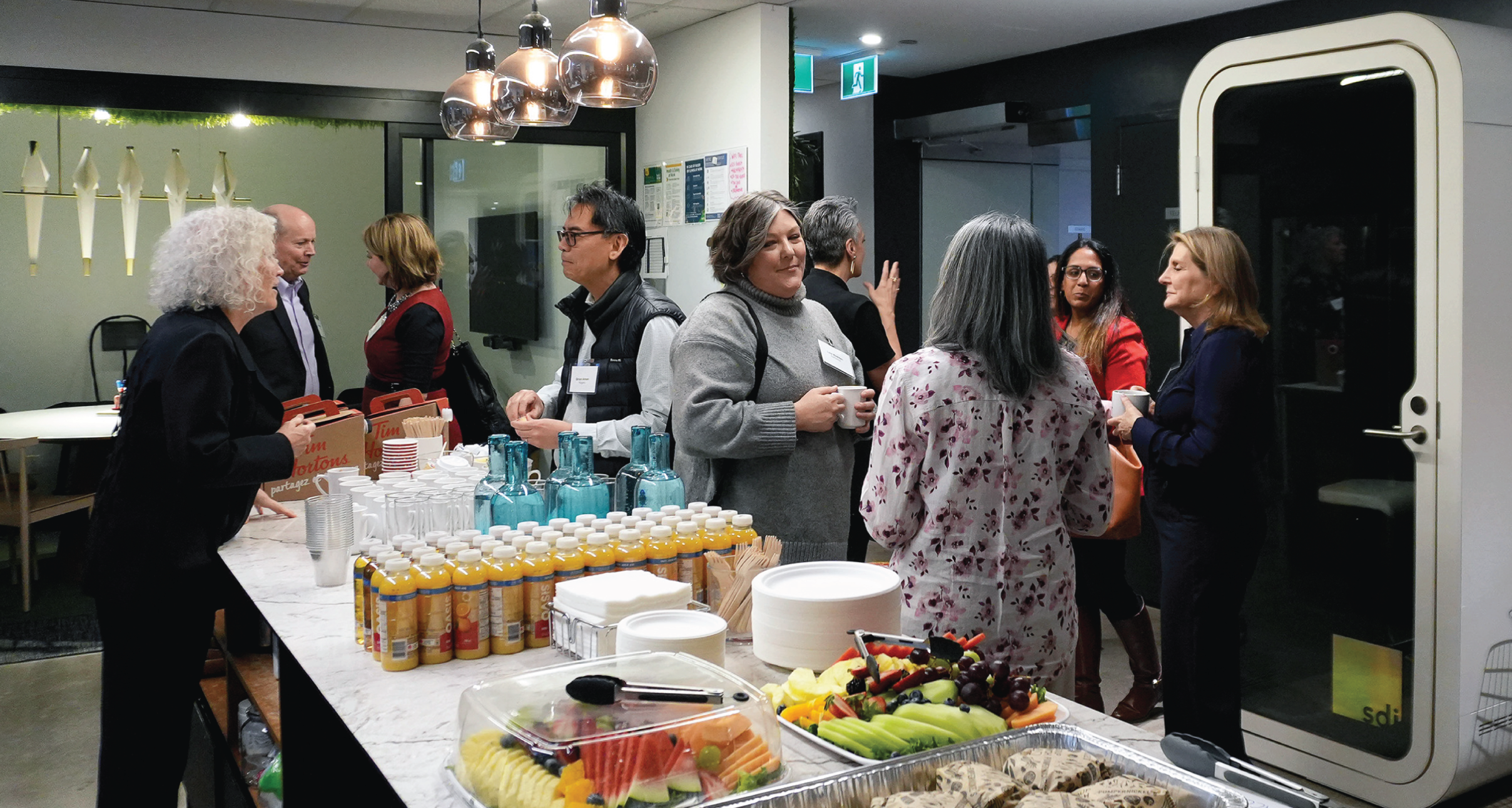As Boston navigates its seventh month in a global health crisis, the city’s office space market continues to transform itself. Demand remains stagnant at the moment, with 60 percent of pre-COVID office space demand on hold or cancelled. While there have been some lease transactions, they are limited, with the majority being renewals or short-term rentals that are already tied to existing lease expirations. However, direct vacancy is still in the high single digits, so rents have not been significantly impacted. But the most notable changes are visible in the sublease market, where inventory has increased by 150 percent just since March, totaling over 2.5 million square feet. Here are some of the most notable data points on the sublease market’s incredible rise.
Charting Growth
Through the last several months, we’ve seen a tremendous increase in sublease space throughout the city.
As documented in our graph, you can see the sizable increases in sublease square footage starting in the month of April, with over 1.15 million square feet in use. This increases through the late spring, with 1.379 million square feet in May, followed by 1.74 square feet in June. As the summer progresses, so do the incredible gains. By July, Boston is utilizing 1.987 million square feet, followed by a huge jump in August with 2.555 million square feet. In just the month of August, 27 new subleases measuring over 5,000 square feet came to Downtown Boston, totaling over 533,000 square feet.
Prime Examples
As a result of COVID-19, there have been several notable companies that have brought sublease offerings to the market. This includes Wayfair’s 167,639-square-foot space in Back Bay, Houghton Mifflin’s 84,000-square foot space in the Financial District, and MullenLowe’s 55,380-square foot space in the Seaport. 39 percent of subleases involve companies in the technology, advertising, media and information industries, totaling 985,966 square feet. This is followed by the financial, insurance and banking sector, with 18 percent of the subleases thanks to 469,692 square feet of space.
Looking Forward
With such a profound influx of new sublease inventory, Cresa’s team of experts believe it will require four to six quarters in order to have a broad impact on direct asking rents. This dynamic was previously demonstrated in the dot-com burst of the early 2000’s, as well as the financial crisis that struck in 2008. During this period, we expect office occupiers to conduct a broad reevaluation of how and where their workforce will conduct business. As a result it’s likely that this will lead to major structural changes in how tenants utilize their office space, and in what size space they choose to operate.



